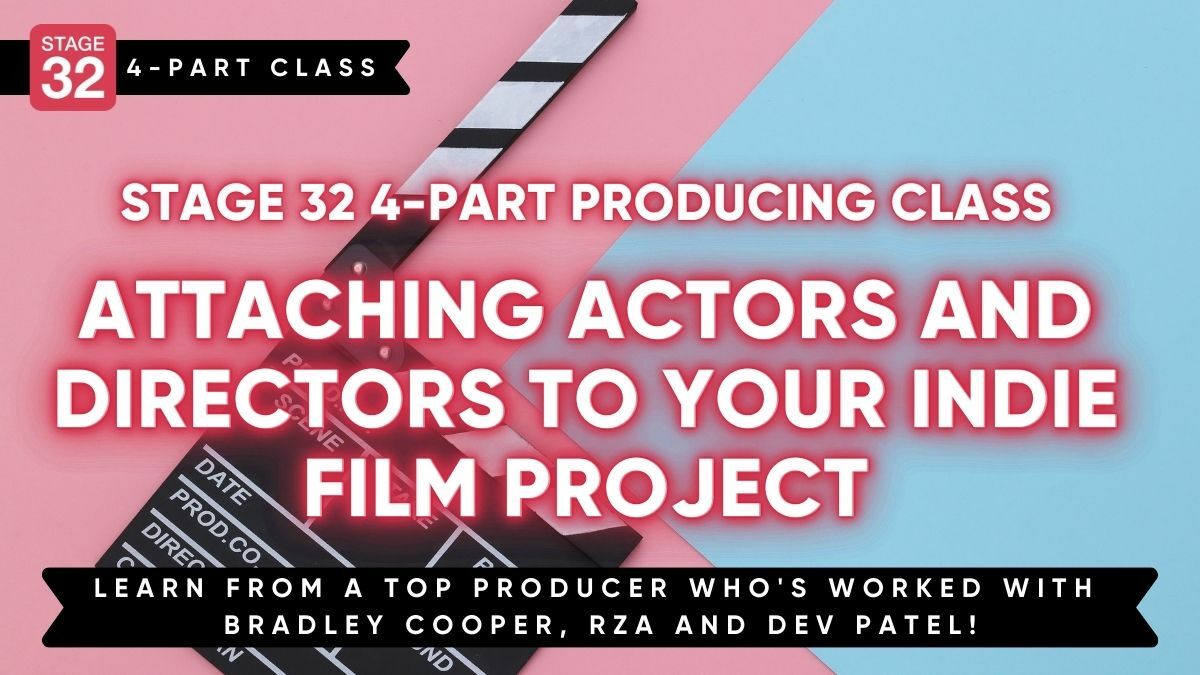Anybody have any tips/guidelines for lighting for green screen? I've done some tests (shooting on a Panasonic consumer camcorder, H264 compression) and just can't seem to get the hang of it. Thought I'd fling this problem out there and see if anyone could point me in the right direction - books, video tutorial, scholarly advice, blog post, etc...?



1 person likes this
Light the greenscreen... and expose to 40-50 IRE for that type of camera if you have a way to tell ( mid-exposure or just under ). Then, put the subject in front of the screen, far enough away they do not cast shadows, and light them separately. Don;t touch the camera now, just light them to look correct in front of the screen you have pre lit and exposed for. Hope that helps- it's rudimentary but this is an era when keying software is so good you need no be dead- on like the old days,
Thanks! Yeah, the first thing I found out was that if the subject's shadow hits the screen you're just asking for keying problems. I think this'll be my project for this week - get this problem all sorted out.
Yeah, I'd definitely rather be shooting with a RED or something, but I don't have a spare $35K laying around. :)
There are 3 main colours of green made for keying, although any colour can be made to key. Chromakey green, Digital green and Ultimatte green. Perhaps trying swatches of the different greens would allow you to find one that works with your combination of lights, camera and keyer. Make sure to test some different options in the lighting ratio of screen to actor. If that doesn’t work, a trip to your local house paint supplier that has the larger colour swatches would give you even more combinations to try.
Ultimatte is a company that has been making high quality real-time keyers, and now has software as well, for many years. Their equipment was the best on the market for a long time and may still be for live keying. They made their own specifications for blue and green that they decided to call "Ultimatte Blue" and Ultimatte Green'. I believe there may be 2 different blue colours. This is just another option to try as there is a problem. Which brings up a thought, since the camera is not a Bayer pattern sensor, perhaps also trying blue swatches might be in order.
3 people like this
It's very simple, the exposure across the screen must be even ( within 1/4 of a stop ) and I always expose it about 1/2 -3/4 of a stop under your key light ( your forground subject ) using a spot meter for the screen makes it easy and quick.
In addition to what Ricardo said above, use as large a green screen as you can and bring your actors as far away from it as you can. It's important that the lighting for the green screen and the lighting for the actors don't affect each other.
@Jeffrey - thanks! Yes, I've experienced "spill" and it's annoying.
All very good advise, although I don't think it's necessary anymore to light the green screen within a 1/4 stop tolerance. That's pretty hard to achieve on a very large screen. Make it as even as possible, expose as recommended above and practice the tricks and advanced techniques of the keying software. I would add this: if possible use green screen designed cloth material on a frame as opposed to a painted wall. The reason is this: Painted surfaces tend to reflect more light back toward the subject causing green contamination on hair and flesh tones. The fuzzy cloth material will reflect green as a color, but will absorb more light and not bounce back as badly. After your green screen is lit and if your subject isn't moving a lot, place some large black flags just behind your subject and close to them. The idea is to block as much green spill as possible from your subject. It doesn't matter if the flags are well in the frame. You can easily "garbage matte" them out. You only need a little green edge around the subject to pull a key. If you don't have large flags, black duviteen material or large black foam core will do the trick as well. Even white foam core will work if it does not add unwanted reflections. Good luck Tom!